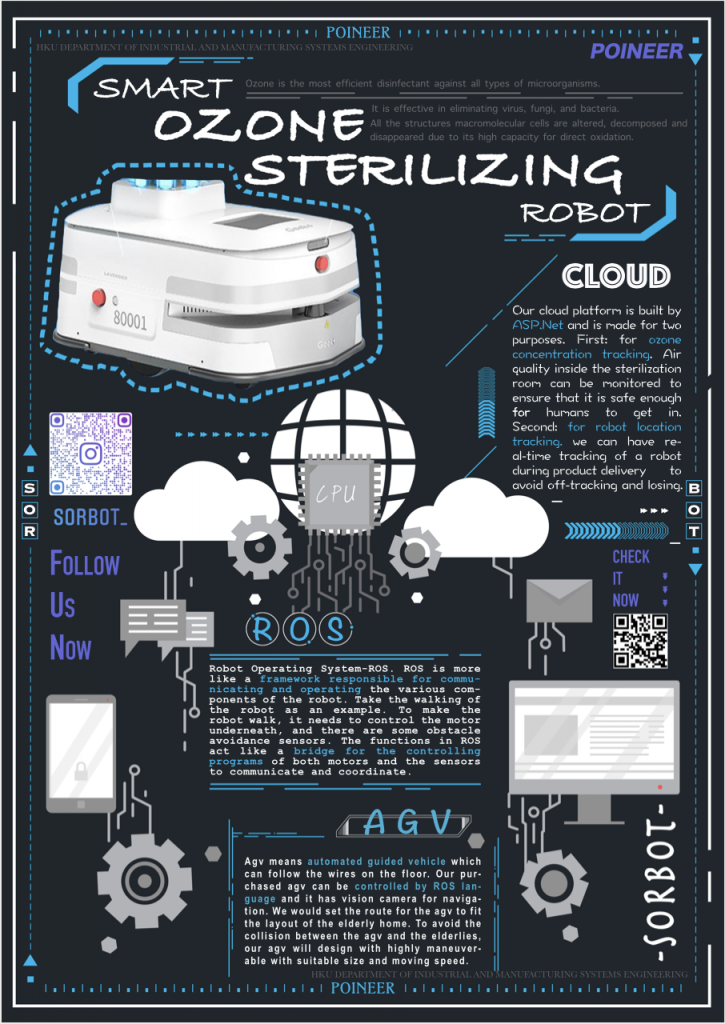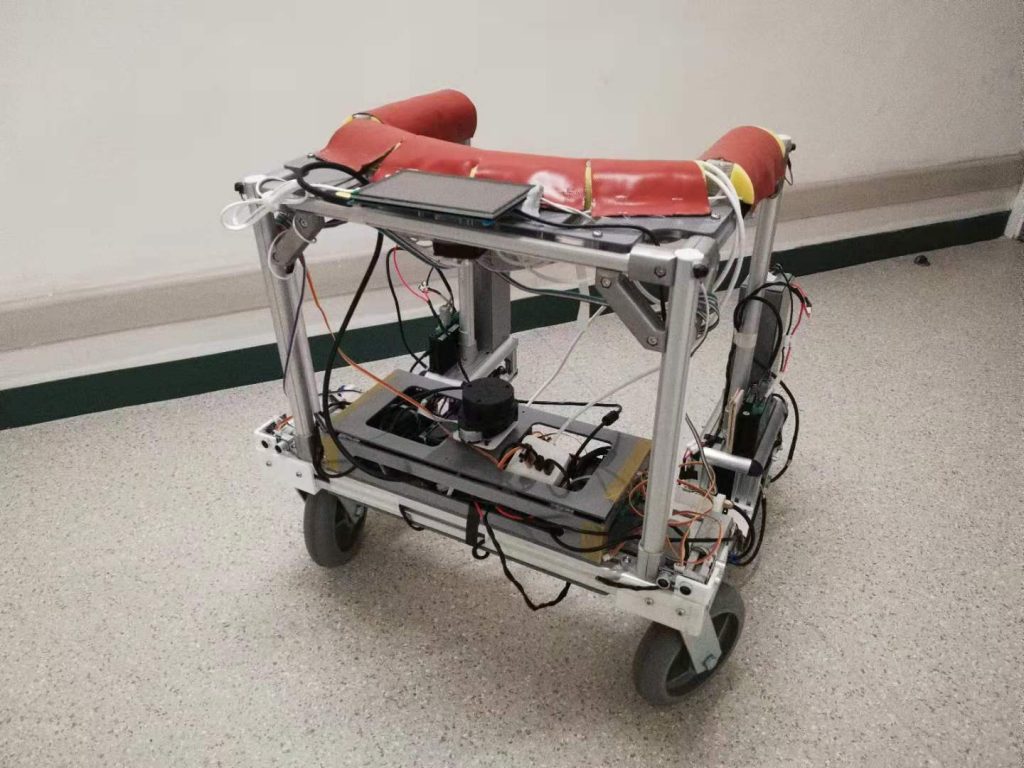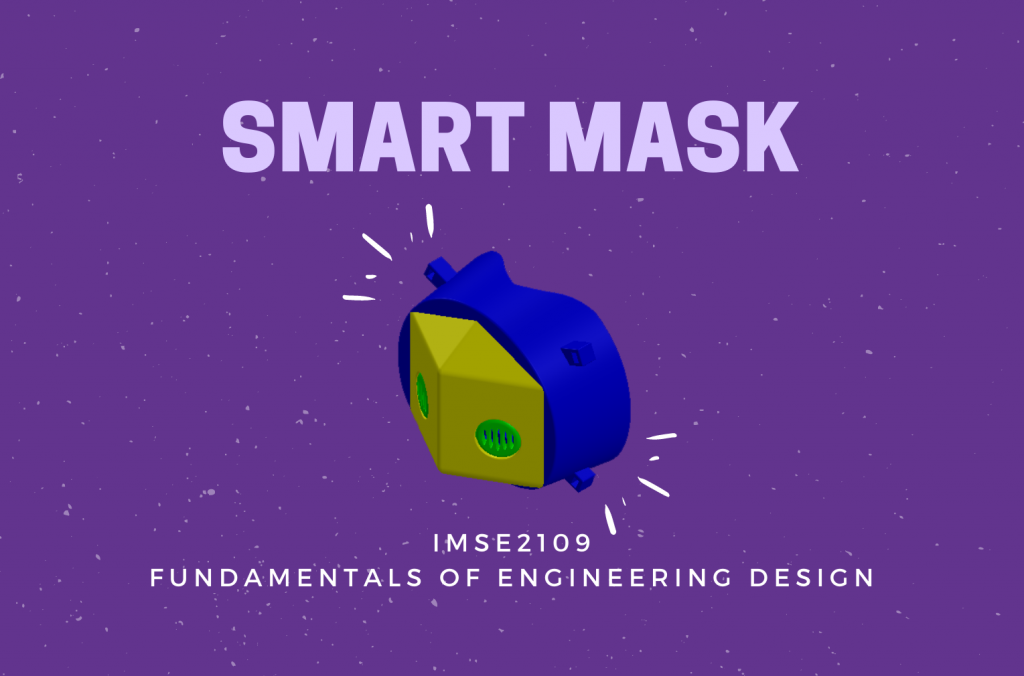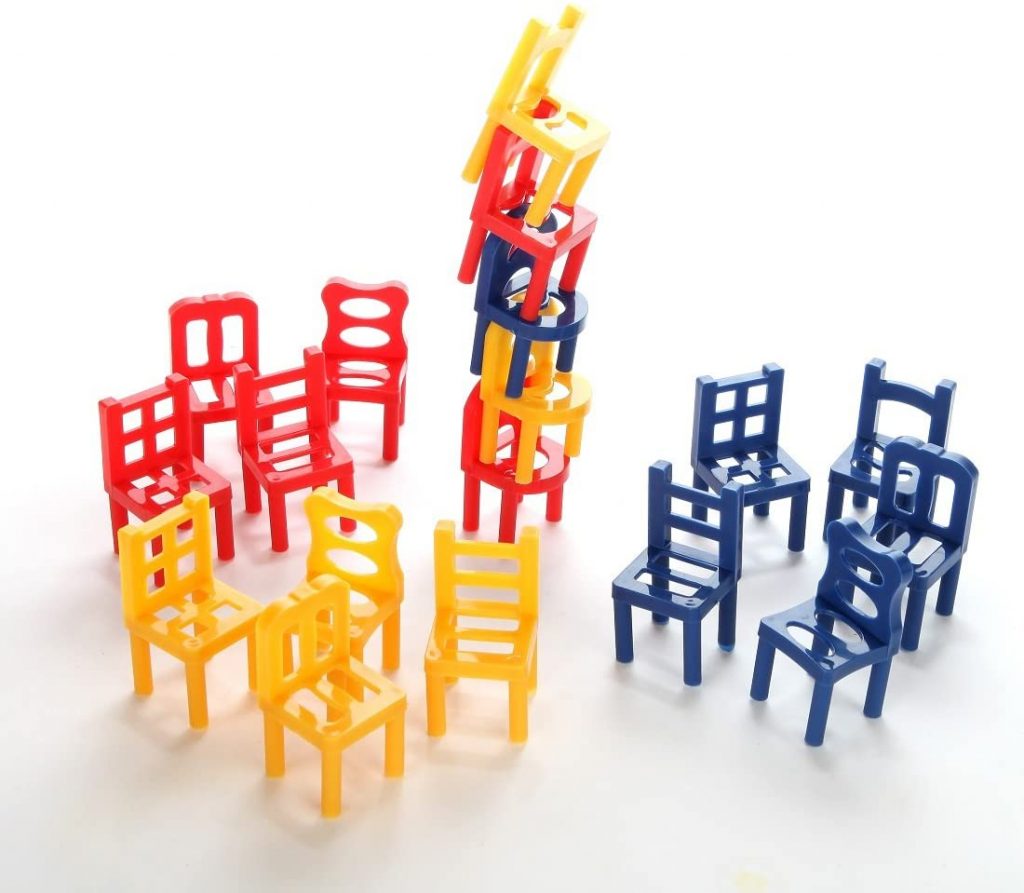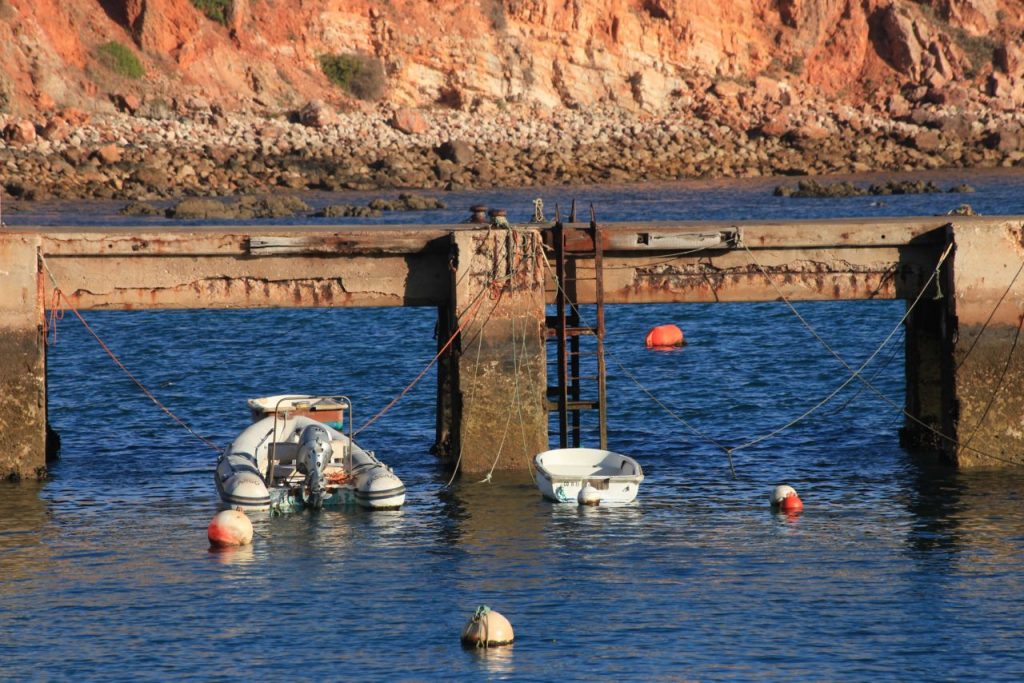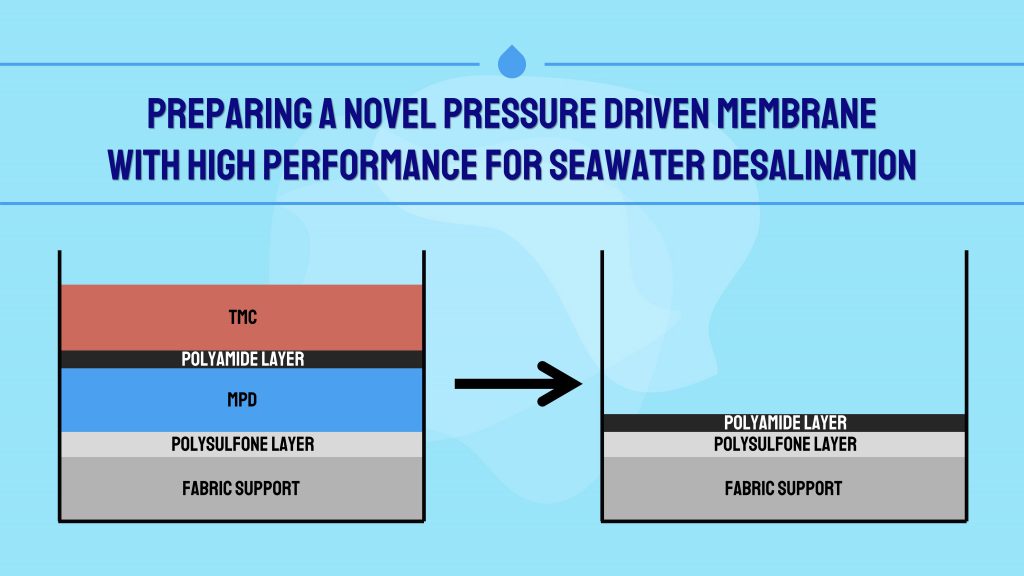Soccer Robot @ 3rd Inno Show
This project revolves around the construction of a prototype RC soccer robot toy fabricated through laser cutting and 3D Printing. Though the use of basic mBot coding and electronic structure there is flexibility in the design and modelling of the robot itself. This particular robot was designed with a focus on retaining possession of the ball through its unique design, as well as convenient assembly for ease of use. Through this simple design we hope to encourage increased user engagement in the products they buy through creating their own designs.
Soccer Robot @ 3rd Inno Show Read More »




